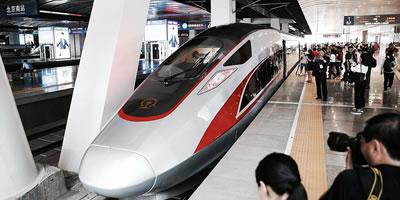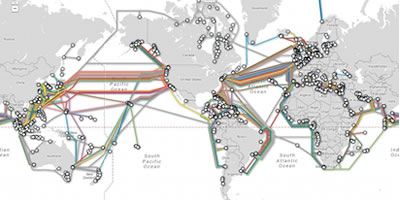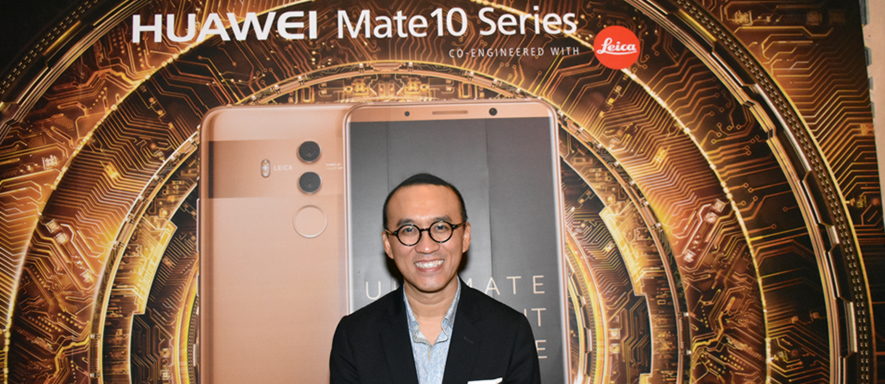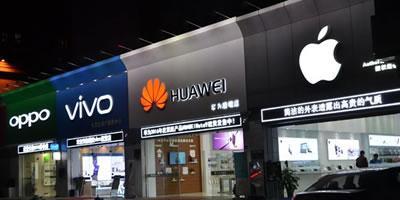Ericsson has launched its ‘Towards a 5G consumer future’ industry insight report that discusses the six calls to action from consumers that operators need to act upon to provide a foundation for adoption of 5G technology. The report, the largest 5G consumer expectation study to date, represents the views of 800 million smartphone users worldwide.
Featured Articles
China to reclaim crown for world’s fastest trains
China has relaunched its fleet of high-speed bullet trains after capping speeds in 2011 following two tragic crashes that left 40 people dead. The top speed of the Fuxing or “rejuvenation” trains was capped at 300km/h after the accidents, but will now be increased to top speeds of up to 350km/h.
Connecting the world through subsea cable systems
Global demand for bandwidth continues to grow at a remarkable rate driven by the rise of capacity-dependent applications like live video, augmented and virtual reality, and 4K/8K video. International submarine cable systems are more important than ever, considering that the total carrying capacity of subsea cables is in the terabits per second, while satellites typically offer only 1000 megabits per second.
Are you prepared to pay more for 5G?
5G won’t come cheap. In the United States alone, fiber infrastructure to prepare for the next-generation technology could cost up to $150 billion, according to Deloitte. But despite 5G’s hefty bill, a recent survey discovered that 75 percent of end-user organizations would be willing to pay more for 5G mobile capabilities.
Huawei’s AI-powered smartphones foster ‘meaningful innovation’
Huawei’s latest Mate 10 smartphones are its first to feature artificial intelligence (AI) technology. At the Dubai launch event on October 30, Clement Wong, Huawei’s head of global product marketing, said the company is fostering “meaningful innovation” by catering to the realistic needs of smartphone users, providing features such as advanced photography and improved battery life.
Uber appeals Philippines ban adding to list of controversies
Ride-sharing app service Uber has responded to a one-month ban in the Philippines by appealing to authorities on August 15. The company resumed services as it waited for a decision, Reuters reported. The suspension is one of many issues the Californian firm has faced recently, including controversy surrounding its former CEO Travis Kalanick.
Youth are driving the online era
In 104 countries around the world, more than 80 percent of the youth population is online, according to ITU’s 2017 Facts and Figures report. In developed countries, 94 percent of young people aged 15-24 use the internet compared with 67 percent in developing counties and only 30 percent in least developed countries. Yet, sub-Saharan Africa remains the fastest growing mobile market.
SES’s data-centric business unit – SES Networks – unveiled
SES unveils the soft launch of its newly-formed data-centric business unit, SES Networks, at CommunicAsia 2017 – Asia’s annual premier ICT exhibition and conference -- in Singapore. Telecom Review managed to secure an exclusive interview with EVP, Product, Marketing & Strategy at SES Networks, John-Paul Hemingway, at the event, where he disclosed the company’s plans for future growth in Asia, the thought process behind the new division - and the organization’s objectives for the rest of 2017.
Emerging markets: A gold mine for Chinese OEMs
Huawei, Xiaomi, Oppo and Vivo represent an uprising in the smartphone industry. Together, these Chinese OEMs (original equipment manufacturers) accounted for a record 48 percent of global device shipments in Q2 2017, according to Counterpoint Research. Emerging markets represent a gold mine for Chinese OEMs, as they continue to aggressively scale beyond their mainland.
Asia’s powerhouses aim for 5G at upcoming Winter and Summer Olympics
The 5G race in Asia is underway, with the region’s powerhouses, Japan and South Korea, going head-to-head. Both countries have major international sports showcases coming up, giving local telcos the chance to flex their muscles. South Korean providers are working towards early deployment of 5G for the PyeongChang Winter Olympics in 2018; while Japanese providers have the opportunity to showcase full-fledged 5G at the 2020 Summer Olympics in Tokyo.


















